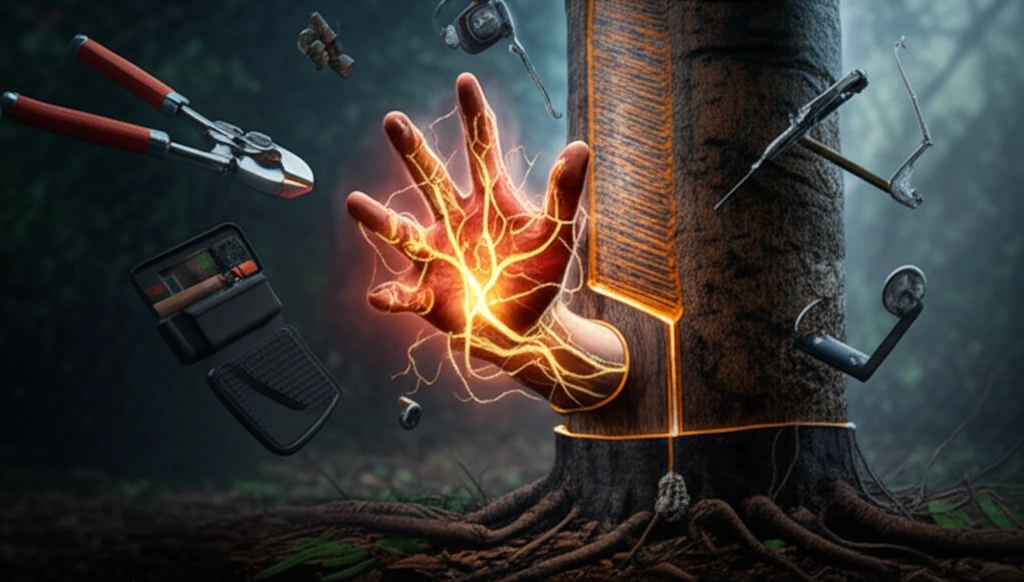
Is Your Job Giving You Carpal Tunnel? Rubber Tapping and the Risks You Need to Know
"Discover the hidden ergonomic risks of rubber tapping and how they contribute to carpal tunnel syndrome, impacting the lives of thousands of workers. Protect yourself with essential knowledge and preventive measures."
Carpal tunnel syndrome (CTS) is a common condition that causes pain, numbness, and tingling in the hand and arm. It happens when the median nerve, which runs from the forearm into the palm of the hand, gets compressed at the wrist. While many factors can contribute to CTS, certain jobs that involve repetitive hand and wrist movements are known to increase the risk.
One such occupation is rubber tapping, a widespread practice in Southeast Asia, particularly in Thailand, the world's largest rubber producer. Millions of workers engage in this labor-intensive job, which requires making precise cuts in rubber trees to extract latex. Recent research has shed light on the significant ergonomic risks associated with rubber tapping and its connection to carpal tunnel syndrome.
In fact, the research indicates that the physical demands of rubber tapping, characterized by repetitive motions and awkward postures, significantly contribute to the high prevalence of CTS among these workers. By understanding these risks, individuals and employers can take proactive steps to mitigate them, ensuring healthier and more sustainable working conditions.
The Ergonomic Risks of Rubber Tapping

The study, led by Walaiporn Pramchoo, Alan F. Geater, and Boonsin Tangtrakulwanich, investigated the physical ergonomic risk factors associated with CTS among rubber tappers in Thailand. Researchers evaluated 133 CTS cases and 401 non-CTS controls, utilizing the Boston Carpal Tunnel Syndrome Questionnaire, Phalen’s test, and Tinel’s sign for diagnosis. Video recordings and Rapid Upper Limb Assessment (RULA) were employed to analyze ergonomic risk levels in hand postures.
- Tapping trees at or below knee level: This posture requires awkward bending and strain on the wrists.
- Collecting latex: The act of gathering latex involves repetitive hand and wrist movements.
- Tapping at chest level or higher: This leads to increased wrist flexion and extension.
Protecting Rubber Tappers: The Path Forward
The findings of this study emphasize that rubber tapping presents significant occupational hazards for CTS. By recognizing the specific ergonomic risks involved, it becomes possible to implement targeted interventions. These may include ergonomic training programs for rubber tappers, the introduction of adjustable tools that reduce awkward postures, and the redesign of work processes to minimize repetitive motions. Further research and development of ergonomically designed rubber-tapping knives are essential to decrease the prevalence of CTS and improve the overall well-being of rubber tappers.
